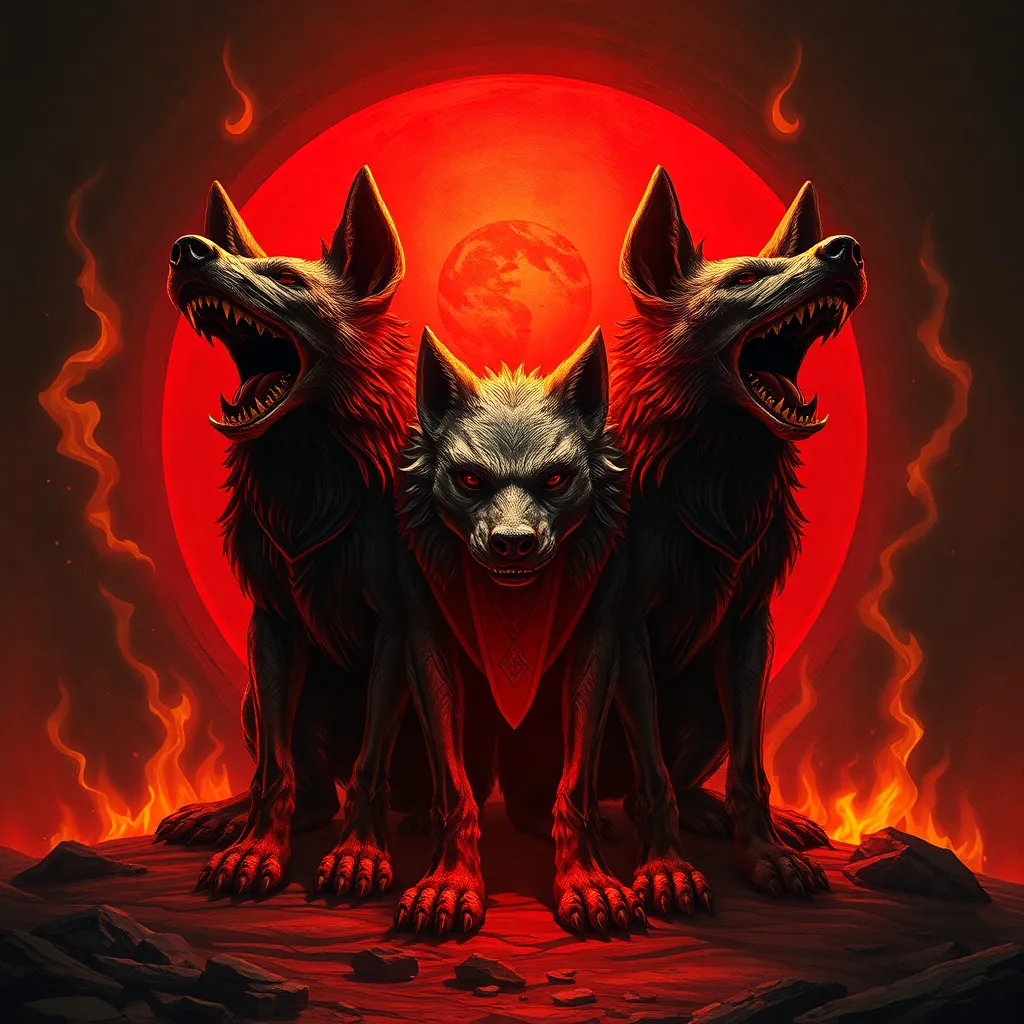The Unicorn’s Song: A Symphony of Myth and Legend
1. The Unicorn: A Creature of Myth and Wonder
The unicorn, a majestic creature with a single spiraled horn on its forehead, has captivated imaginations for centuries. It’s a creature of myth and legend, appearing in folklore, art, and literature across cultures and time periods. This elusive creature embodies a powerful blend of beauty, grace, and mystery, leaving a lasting impression on human storytelling and imagination. With its association with purity, grace, and the divine, the unicorn has become a timeless symbol of hope, innocence, and wonder.
2. Origins of the Unicorn Myth: From Ancient Mesopotamia to Medieval Europe
The unicorn’s roots can be traced back to ancient Mesopotamia, where it appeared in ancient cylinder seals depicting a creature with a single horn. These early depictions may have been inspired by real animals such as the rhinoceros or the narwhal, which were thought to possess magical properties. The unicorn’s journey through history continued into ancient Greece, where it was described by the philosopher Ctesias, who claimed to have encountered this mythical beast in India. His vivid descriptions, filled with tales of its exceptional strength and healing powers, contributed to the unicorn’s growing popularity in ancient literature.
In the Middle Ages, the unicorn became deeply ingrained in European culture, appearing in medieval bestiaries, tapestries, and paintings. These depictions often portrayed the unicorn as a symbol of purity and chastity, often depicted with a virgin to represent the power of faith and virtue. During this time, the unicorn’s horn was believed to have mystical healing powers and was used for a variety of medicinal purposes, adding to the creature’s mystique and allure.
3. Unicorn Symbolism: Purity, Grace, and the Divine
The unicorn’s symbolic significance is intertwined with its mythical attributes. Its single horn, often described as spiraled and gleaming, is associated with purity, innocence, and divine power. The unicorn’s ability to evade capture by humans is seen as a symbol of its untamed spirit and spiritual nature. It is often associated with the divine, representing the power of faith, grace, and virtue.
Furthermore, the unicorn’s association with the Virgin Mary in Christian tradition solidified its connections with purity and divine intervention. In many medieval depictions, the unicorn is seen kneeling before a virgin, surrendering to her virtue and symbolic of Christ’s sacrifice. This association solidified the unicorn as a symbol of spirituality and divine power.
4. The Unicorn in Literature and Art: From Medieval Tapestries to Renaissance Paintings
The unicorn’s enduring presence in literature and art reflects its profound impact on human imagination. From the intricate tapestries of the Middle Ages to the Renaissance paintings of the 15th and 16th centuries, the unicorn has served as a powerful symbol in many artistic forms.
In medieval tapestries, such as the famed “Unicorn Tapestries,” the creature is depicted in elaborate scenes that explore themes of purity, grace, and the hunt. The tapestries often feature the unicorn being captured by a virgin, symbolizing the power of virtue and faith. During the Renaissance, the unicorn found its way into paintings by artists such as Albrecht Dürer and Leonardo da Vinci, where it was often depicted in more naturalistic settings, embodying the beauty and grace of the natural world.
5. The Unicorn’s Horn: A Legendary Potion and Cure-All
The unicorn’s horn has long been associated with extraordinary powers. Legends claim that the horn held the power to purify water, cure poisons, and even ward off evil spirits. This belief made the unicorn’s horn highly sought after, with people from ancient times to the Renaissance attributing incredible medicinal properties to it.
The horn was believed to have the ability to heal wounds, treat fevers, and even cure leprosy. Its purported healing properties were intertwined with the unicorn’s symbolic connection to purity and divine power. The horn’s mystique and its supposed curative powers cemented the unicorn’s place in history as a creature of mythical properties and healing potential.
6. The Unicorn’s Song: A Mystery and Metaphor
The unicorn’s song is a profound symbol that takes us beyond the physical realm, into the realm of mystery and metaphor. The very notion of a unicorn’s song suggests an element of magic and otherworldly beauty. It is a sound associated with purity, grace, and the enchanted world.
The unicorn’s song is rarely depicted in stories or artwork, but its absence is more powerful than its presence. It leaves space for imagination, allowing each individual to interpret its meaning. The sound of the unicorn’s song is a metaphor for the beauty and wonder that exists in the world, something that can be felt but not always understood. It represents the unspoken language of nature, of pure joy, and of the divine.
7. Theories on the Unicorn’s Real-World Inspiration: Ancient Animals, Narwhals, and More
While the unicorn is a creature of myth, it’s natural to wonder if there are any real-world inspirations that sparked its legend. One popular theory suggests that the rhinoceros, a large animal with a single horn, may have been the basis for early depictions of the unicorn. The rhinoceros’s size and unique horn could have easily fueled imaginations and contributed to the development of the unicorn myth.
Another possibility is the narwhal, a type of whale with a long, spiraled tusk that protrudes from its upper jaw. The narwhal’s tusk, often mistaken for a horn, could have fueled tales of a magical creature with a single, spiraled horn. The narwhal’s tusk was, and still is, believed to have medicinal properties, adding to the mystique of the unicorn’s horn.
Other theories suggest that the unicorn might have been inspired by the horns of extinct animals such as the Siberian unicorn, also known as the Elasmotherium. These extinct creatures had a single, large horn, which could have contributed to the development of the unicorn myth. However, it is important to remember that the unicorn is a mythical creature, and its real-world inspiration remains a mystery.
8. The Enduring Appeal of the Unicorn: A Timeless Symbol of Hope and Imagination
The unicorn’s enduring appeal lies in its ability to capture our imaginations and inspire wonder. It represents the power of hope, innocence, and the beauty of the unknown. The unicorn’s association with purity and grace has made it a symbol of spiritual enlightenment and the pursuit of virtue.
In a world that often feels chaotic and unpredictable, the unicorn stands as a reminder of the magic and wonder that still exist. It encourages us to embrace our imaginations and believe in the possibility of dreams coming true. Its timeless appeal lies in its connection to our deepest desires for beauty, purity, and a world filled with magic.
9. The Unicorn Today: A Modern Icon in Literature, Film, and Popular Culture
The unicorn’s legacy extends far beyond its roots in ancient myths and legends. It has become a powerful icon in modern literature, film, and popular culture.
In modern literature, the unicorn continues to appear in fantasy novels and children’s stories, embodying themes of magic, adventure, and the power of imagination. In film, the unicorn has become a popular character in animated movies and fantasy films, captivating audiences of all ages. It is often seen as a creature of wonder and magic, reminding us of the extraordinary potential that exists in the world.
The unicorn’s enduring presence in popular culture, from children’s toys to fashion and accessories, demonstrates its enduring appeal as a symbol of hope, joy, and the power of dreams.
10. FAQ
**Q: What is a unicorn?**
**A:** A unicorn is a mythical creature with a single spiraled horn on its forehead. It is often depicted as a white horse with a golden horn.
**Q: What are unicorns known for?**
**A:** Unicorns are known for their beauty, grace, and association with purity, innocence, and divine power.
**Q: Where did the unicorn myth come from?**
**A:** The unicorn myth has roots in ancient Mesopotamia and appears in various cultures throughout history. Its origins may be connected to real animals such as rhinoceroses or narwhals.
**Q: What is the unicorn’s horn believed to have?**
**A:** Legends claim the unicorn’s horn possesses magical healing properties, capable of purifying water, curing poisons, and even warding off evil spirits.
**Q: Is there a real unicorn?**
**A:** No, the unicorn is a mythical creature. There is no scientific evidence to suggest that a unicorn has ever existed.
**Q: What is the unicorn’s song?**
**A:** The unicorn’s song is a metaphorical representation of its beauty, wonder, and connection to the divine. It is a sound that embodies the magic and enchantment of the world.



